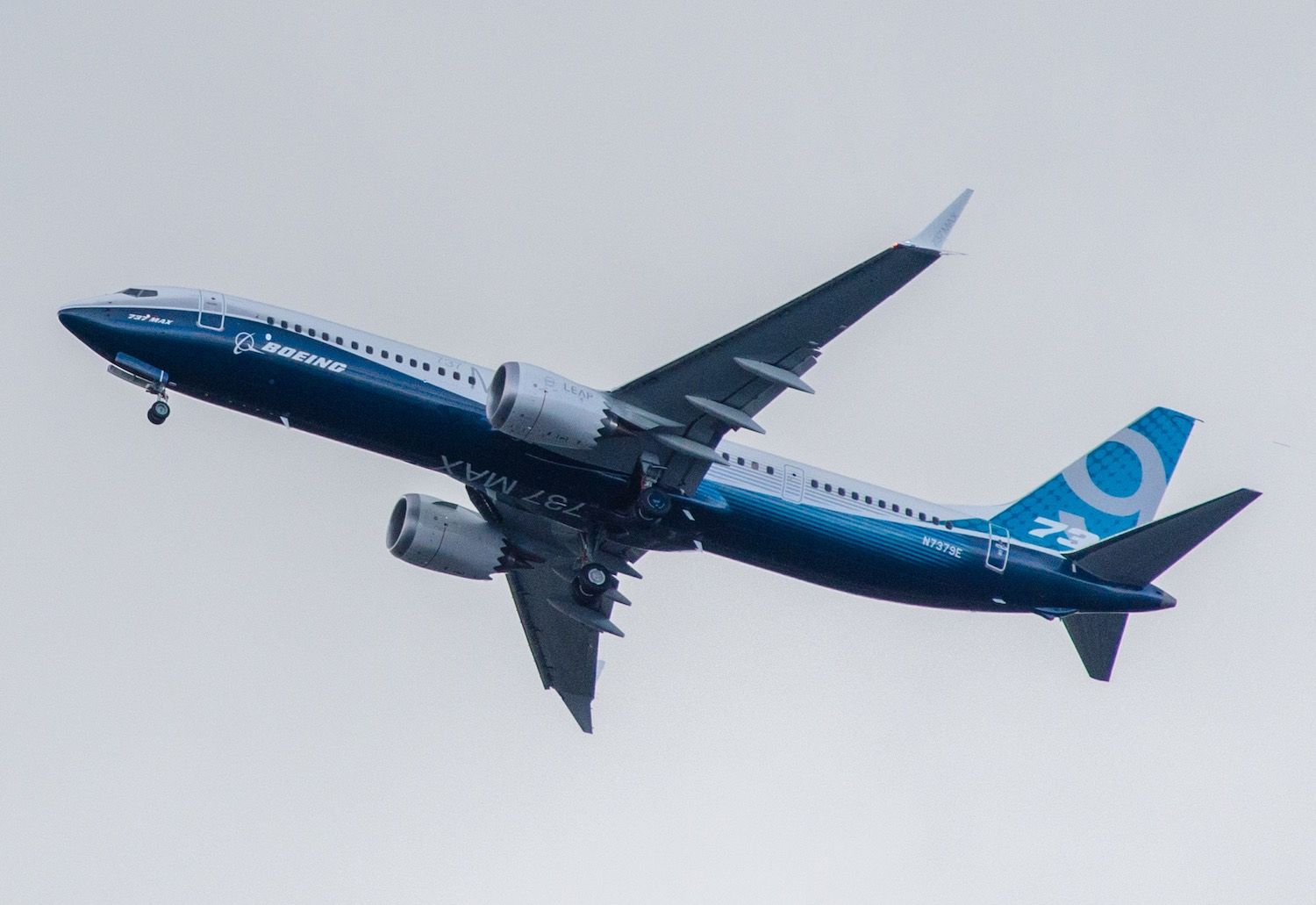The Australian Broadcasting Corporation is reporting that a class action suit by more than 400 pilots has been launched against Boeing because of the 737 MAX grounding. The pilots allege an “unprecedented cover-up” of “known design flaws” in the MAX, which have caused them monetary loss and mental distress. The pilots in the suit are all qualified in the MAX and their case hinges on the allegation that Boeing did not tell them about the Maneuvering Characteristics Augmentation System (MCAS), which is implicated in the crash of two airliners and the loss of 346 lives.
According to the network, the suit was filed in Chicago, where Boeing has its headquarters, and a hearing date has been set for Oct. 21. The pilots allege they “suffer and continue to suffer significant lost wages, among other economic and non-economic damages” and that’s also causing personal problems and undue stress. The pilots allege MCAS made the aircraft dangerous because it took data from a single source to trigger its activation and that Boeing didn’t let pilots know how to deal with a failure of the system.




































The root problem with the Max is lack of horizontal tail area.
Basic Aerodynamics; when area is added forward, area must be added aft.
(Why floatplanes have extra vertical fins added aft due to vertical area forward; the floats.)
The MAX has bigger nacelles mounted further forward; this creates lift forward at high angles of attack.
The aerodynamic solution would be a larger horizontal stabiliser; expensive and time consuming.
A less drastic solution would be a stick pusher; something that could be over-ridden by the elevator.
Instead, someone decided to put in a system that runs the trim full travel, something that cannot be over-ridden by the elevator.
This should never have been done, but to make it worse, MCAS depends on a single sensor; allowing for a single point failure on a critical system; completely against any good practice.
Apparently the Certification Documents didn’t detail the MCAS system as installed.
Then, pilots were not consulted or informed; reports suggest Boeing pilots didn’t even know about MCAS.
Hubris by Engineers who believe their conception is immaculate.
Pilots are the last line of defense against such nonsense; always the first to the scene of a crash.
It should always be possible for Pilots to over-ride Engineers mistakes or oversights.
That’s the rub: how can a pilot be sure they are overriding automation faults that should be overridden? How do they know it was a mistake in engineering or a computer glitch or, possibly, desired but unexpected behavior? How do they know that they won’t make things worse? Those things have happened. Certainly, any automation that controls the plane, whether in airspeed, attitude or navigation, shouldn’t rely on a single sensor or other information source (or at least shouldn’t operate if that information is faulty). And all pilots should know of all changes to the automation, including the authority given the automation (which is my primary gripe against MCAS; does a situation exist where its maximum authority could possibly be needed?) That being said, it is possible to override the MCAS system, but first you have to recognize what has gone awry, and quickly. Any failure at that task and the result is very bad.